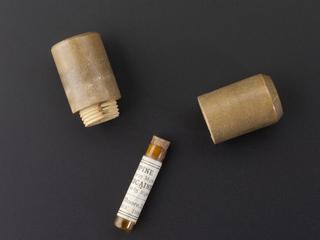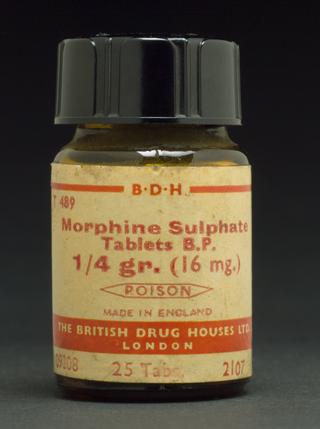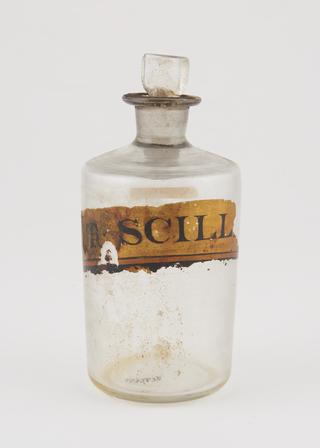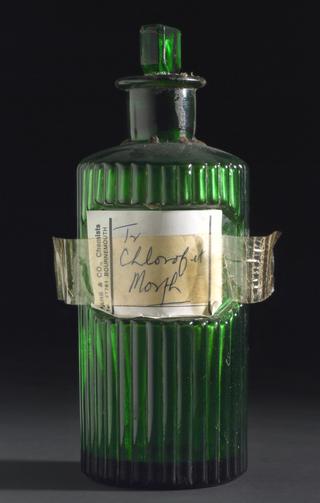
Bottle for 'Veronal' powder
1903-1950

1903-1950

1880-1920

1960-1985

1850-1900

1937-1938

1900-1979
1900-1910
1900-1910
1864
1955-1970
1850-1900
1910-1920
1601-1800
1601-1800
1850-1900
1850-1900
1910-1936
1860-1920
1840-1910
1850-1900
1862-1900
1930-1950
1920-1955
1850-1900
1934-1949
1770-1830
1860-1900
1831-1870
1831-1870
1885-1920
1701-1800
1860-1900
1860-1900
1840-1910
1810-1840
1810-1840
1851-1900
1851-1900
1890-1910
1820-1840
1831-1900
1851-1920
1820
1851-1900
1880-1940
1871-1910
1910-1940
1701-1800
1816-1837
1880-1910